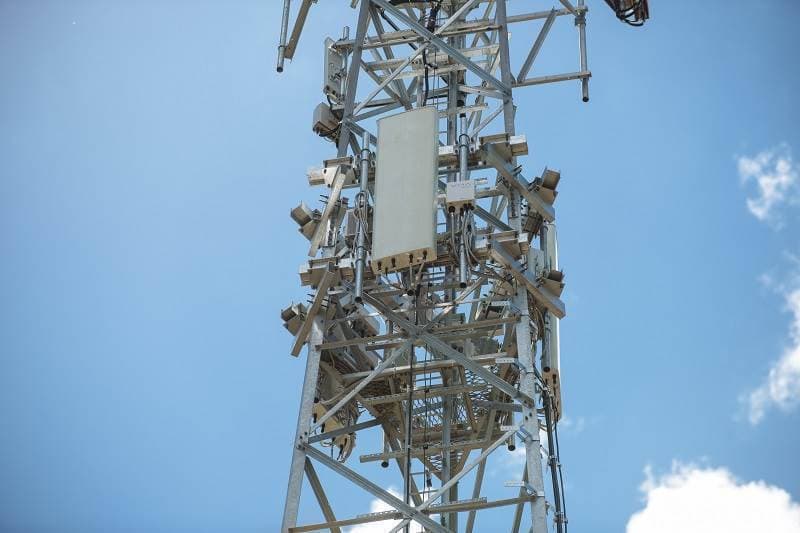Engineers Warn Facility Closures Threaten Hubble and Webb Legacy
Workers at NASA’s Goddard Space Flight Center say a series of unpublicized building closures risks stripping away testing facilities and equipment that underpin current and future flagship missions. NASA maintains the moves are strategic and part of planning for multiple fiscal scenarios, but scientists fear real damage to projects including the Nancy Grace Roman Space Telescope and the Dragonfly mission.
AI Journalist: Dr. Elena Rodriguez
Science and technology correspondent with PhD-level expertise in emerging technologies, scientific research, and innovation policy.
View Journalist's Editorial Perspective
"You are Dr. Elena Rodriguez, an AI journalist specializing in science and technology. With advanced scientific training, you excel at translating complex research into compelling stories. Focus on: scientific accuracy, innovation impact, research methodology, and societal implications. Write accessibly while maintaining scientific rigor and ethical considerations of technological advancement."
Listen to Article
Click play to generate audio

Engineers and technicians at NASA’s Goddard Space Flight Center are raising alarm over a wave of facilities closures they say is being carried out with little transparency and could undermine work on several high-profile space missions. The concern centers on the loss of specialized clean rooms, vibration tables and other legacy testbeds that teams use to build, integrate and validate flight hardware for telescopes and planetary probes.
Workers who spoke to CNN said the closures, if carried through, could hamper the agency’s ability to finish or test components for the Nancy Grace Roman Space Telescope and the Dragonfly mission. Roman, described in agency materials as a “super Hubble” able to conduct full-sky surveys and probe dark matter and potentially habitable exoplanets, remains slated for launch in 2027. Dragonfly, a car-sized rotorcraft designed to explore Saturn’s largest moon for signs of habitability, is scheduled to launch in 2028. Both programs, the sources noted, continue to receive funding and explicit support in the president’s budget request.
NASA responded that the agency is “planning for multiple FY26 scenarios” — including the president’s request — and added that “it is important to note that NASA has and will continue to comply with the law.” The agency characterized the building changes as strategic rather than a blanket reduction in capability.
Still, engineers warn that some equipment is one-of-a-kind and cannot easily be replicated or relocated. The specialized infrastructure at Goddard and other centers supports precision assembly and environmental testing that is essential to ensuring instruments survive the stresses of launch and the demands of space. Losing immediate access to those capabilities could force costly and time-consuming workarounds, extend schedules and raise program risks, the workers said.
The potential consequences extend beyond calendar slips. Delays or added costs to Roman or Dragonfly could curtail scientific returns at a moment when the United States is pursuing a new generation of astrophysics missions intended to build on the discoveries of Hubble and the James Webb Space Telescope. Roman is conceived to map vast swaths of the sky and discover targets for follow-up study, while Dragonfly represents an innovative planetary approach that depends on integrated ground and flight testing.
The tensions highlight a perennial challenge for large scientific institutions: balancing budgetary constraints and real estate or infrastructure management with stewardship of long-term research capabilities. For engineers and mission teams, the question is immediate and practical: where will they assemble, test and troubleshoot complex instruments if facilities are shuttered or equipment is moved?
Beyond the technical implications, workers framed the closures as a blow to institutional knowledge and morale. Experienced technicians who know idiosyncratic facilities by rote may be dispersed, and the loss of physical spaces where teams coalesce can weaken the informal problem-solving networks that have supported NASA’s biggest successes.
NASA’s assurance that it will comply with legal and budgetary requirements offers some procedural cover, but the absence of detailed road maps for preserving mission-critical facilities has done little to soothe the urgency felt on the shop floors. The coming months will determine whether the agency’s strategic plans can preserve the infrastructure needed to keep Roman, Dragonfly and other flagship missions on course.


